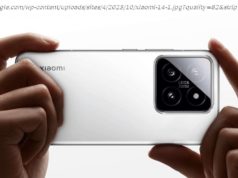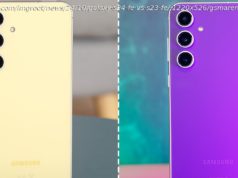Samsung has finally responded to reports of Galaxy S9 and Galaxy S9+ with touchscreen issues. A company spokesperson has said We are looking into a limited number of reports of Galaxy S9/S9+ touchscreen responsiveness issues.
Samsung has finally responded to reports of Galaxy S9 and Galaxy S9+ with touchscreen issues. Apparently, some users are noticing dead zones on their phone’s screen, especially the Galaxy S9+ users. What happens is that the display loses its touch functionality. It becomes worse if the dead zones appear on the virtual keyboard.
While some users were able to fix this problem with factory reset or by turning up the sensitivity of the screen, many decided to replace their device. Sensing the dissatisfaction among users, a Samsung spokesperson has said „We are looking into a limited number of reports of Galaxy S9/S9+ touchscreen responsiveness issues,“ in a statement to Engadget.
The official also asked users who had faced the display issue to contact the company. „We encourage any customer with questions to contact us directly at 1-800-SAMSUNG“.
„At Samsung, customer satisfaction is core to our business and we aim to deliver the best possible experience. We are looking into a limited number of reports of Galaxy S9/S9+ touchscreen responsiveness issues. We are working with affected customers and investigating“ added the South Korean tech giant.
What’s interesting is that Galaxy S9’s display has been awarded the „Excellent A+“ grade by the experts of DisplayMate Technologies. Samsung’s latest flagship has „the best performing smartphone display that we have ever tested,“ noted DisplayMate in a blog post.
As per the company, the smartphone „matches or sets many smartphone display performance records, and outpaces its predecessor in several measures including color accuracy, brightness, outdoor visibility and reflectivity“.
The Galaxy S9 flaunts a 5.8-inch 3K Quad HD+ OLED Infinity Display with the screen resolution of 2,960×1,440 pixels. The Galaxy S9+, on the other hand, comes with a larger 6.2-inch Super AMOLED Infinity Display with 18.5.9 aspect ratio.
Well, this is not the first time Samsung’s phones have faced display issues. If you recall, many Galaxy S8 and Galaxy S8+ users last year had claimed last that the screens of their devices have an unusual reddish tint.






